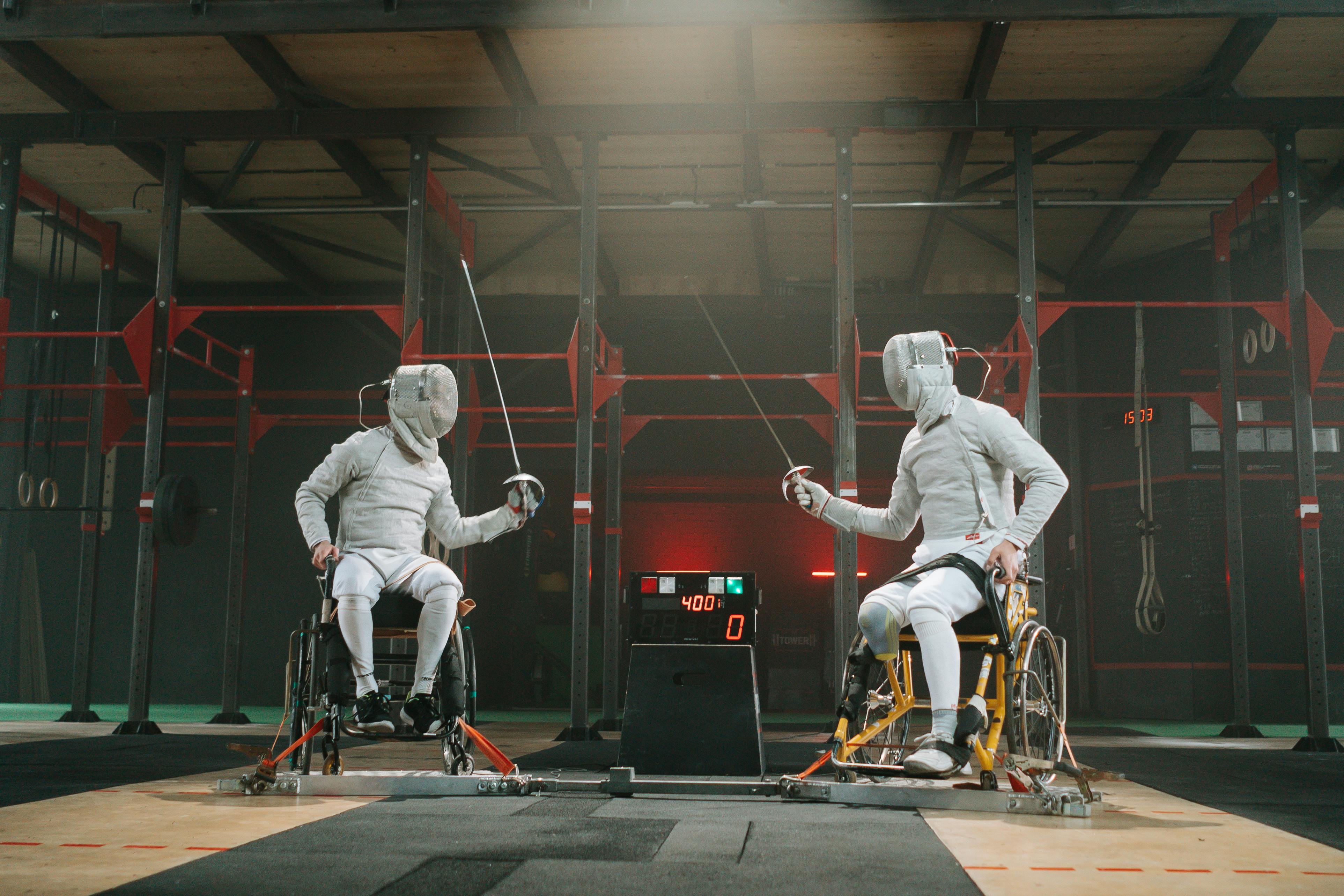Breaking Barriers: The Role of Adaptive Sports in Empowering Individuals with Disabilities
Imagine a world where physical limitations do not define an individual's ability to participate in the sports they love. This is the vision that fuels the growth and development of adaptive sports. This inclusive version of traditional sports is transforming lives, breaking barriers, and redefining what it means to be an athlete.

The Genesis of Adaptive Sports
Adaptive sports originated in the aftermath of World War II, intended to assist war veterans in their physical and psychological rehabilitation process. Sir Ludwig Guttmann, a Jewish neurologist who escaped Nazi Germany to the United Kingdom, is often credited as the pioneer of the adaptive sports movement.
In 1948, Guttmann organized the Stoke Mandeville Games, a competition involving 16 wheelchair athletes, which eventually grew into the Paralympic Games. Over the years, the scope of adaptive sports has expanded beyond rehabilitation, becoming a platform for empowerment, inclusion, and competition for disabled individuals globally.
The Current Landscape of Adaptive Sports
Today, adaptive sports encompass a broad range of activities tailored to individuals with varying types of disabilities. From wheelchair basketball and sitting volleyball to visually impaired tennis and amputee soccer, there are countless opportunities for individuals with disabilities to engage in sports.
The Paralympic Games, held every four years, are the pinnacle of adaptive sports competition. However, numerous national and local competitions are fostering the growth of these sports at the grassroots level. The Invictus Games, for example, specifically cater to wounded, injured, or sick armed services personnel, highlighting the therapeutic value of sport.
The Impact of Adaptive Sports on Participants
Adaptive sports offer numerous benefits to their participants. Physically, they promote fitness, mobility, and coordination. Psychologically, they enhance self-esteem, reduce stress, and foster a sense of belonging.
Moreover, these sports serve as a platform for disabled individuals to challenge societal stereotypes and advocate for their rights. They allow athletes to redefine their identities, shifting the narrative from disability to ability.
The Challenges and Future of Adaptive Sports
Despite the progress made, challenges persist in the adaptive sports sector. Accessibility and affordability of adaptive sports equipment, lack of awareness, and limited coaching expertise are notable barriers to participation.
Looking ahead, the focus will be on addressing these challenges and expanding the reach of adaptive sports. Technology, such as prosthetics and assistive devices, will continue to play a pivotal role in enhancing athletes’ performance and experiences. Furthermore, continued advocacy and policy changes are needed to make these sports more accessible and inclusive.
In conclusion, adaptive sports are a powerful tool in empowering individuals with disabilities, promoting inclusivity, and challenging societal norms. As we continue to innovate and advocate, the potential of adaptive sports is boundless, promising a future where everyone, regardless of their physical capabilities, can experience the joy and benefits of sports.





